
Three important UN-designated days just occurred in October: the15th was International Day of Rural Women; the 16th was World Food Day—this year’s theme was “Climate is changing. Food and agriculture must too”—and the 17th was the International Day for the Eradication of Poverty. The connection between these three thematic days may not be immediately obvious. However, the argument could be made that, by giving smallholder farmers more access to sustainable ways to increase agricultural production, it would be possible to increase food security in a climate-smart way while simultaneously working towards the reduction of poverty. While making this argument, it is crucial to remember that an increasing number of smallholder farmers are women; in fact, in order to achieve some of the lofty targets encompassed by the Sustainable Development Goals (SDGs), rural women are a crucial and often overlooked social, economic, and agricultural driver.
Smallholder farmers are both men and women—and increasingly, in many regions they are predominantly women. Women make up just under half (43%) of the global agricultural labour force, but in Oceania, South Asia and sub-Saharan Africa, agriculture is the largest sector of employment for women. This role is increasing as a result of migration out of rural areas by men and young people in search of employment. Despite this, the contribution of women smallholder farmers often goes unrecognized: their productive activities such as vegetable gardening tend to be considered part of their household and family responsibilities, and are not integrated into the paid economy. They also tend to have less access to decision making processes in the household and community, further weakening their visibility. For example, in four countries in West Africa – Guinea, Guinea-Bissau, Mali and Mauritania – between 23 and 38% of women felt confident to speak in public, compared to 71 – 78% of men. Men made the decisions in over 60% of households, while in only about 20% of households did men and women make decisions jointly. In 10% or less, women made decisions.
As a result of these trends, women farmers have less access to land, labour, credit, information, technology and extension, so that they experience differing vulnerabilities and capacities to deal with the impact of climate change. When they do have access to these resources and capacities, positive change results: Access to solar-powered irrigation allowed a women’s organization in Nepal to triple their annual crop production. For the first time, extra produce was grown that could be sold in the local market. Use of climate and weather information in Senegal allowed women to better plan their crop production and harvesting – knowledge on wind direction can be valuable when hulling seeds.
A special issue of the journal Gender, Technology and Development in July 2016 on Gender, Climate Change and Agriculture explored these gender-based trends in resource access and their relation to production levels and ability to adapt to climate change. For example, until basic issues of access to labor-saving technologies and affordable energy are resolved, women smallholder farmers in Malawi will not be in a position to adopt climate change adaptation techniques. Gender roles and opportunities are affected and changed by technology, climate change and employment trends, so that gender roles within a household or a community also need to be constantly re-examined.
Women can be agents of innovation and positive change, and there are promising models for supporting this capacity, such as participatory technology development, where women have developed agroforestry techniques and improved cookstoves, as well as the Gender Action Learning System, where all household members are empowered to identify and make the most of available opportunities to improve their lives. Women’s environmental knowledge can be a powerful force for change – for example, in the Pacific in redressing negative trends such as coral bleaching, or helping to identify locations for drilling wells. But enabling women to gain new knowledge is also a powerful empowering force. Innovative low-cost communication services such as mobile phone-based short messaging services and voice-enabled call centers, can reach more women farmers and enable them to participate more actively in farming decisions. Other methods of reaching women include service organizations which provide a broad range of services and information including nutrition and health as well as agricultural production. Information on improved agricultural production that increases women’s incomes also increases their status in households and communities.
All of these examples show that supporting women’s innovation, providing them with engagement opportunities and making available agricultural resources will greatly reduce the gender and agricultural gap, reduce poverty, increase the empowerment of women – and promote climate change adaptation in the process.



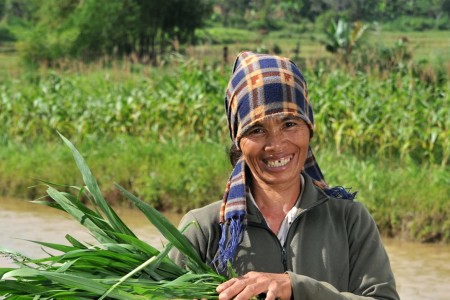

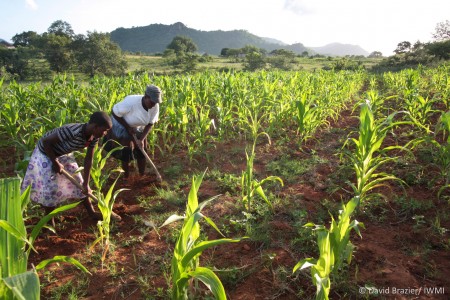











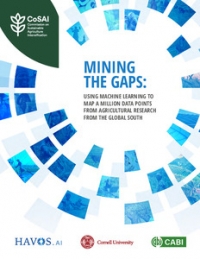
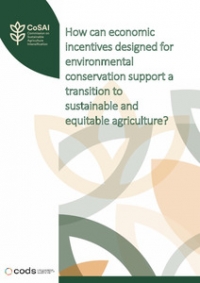
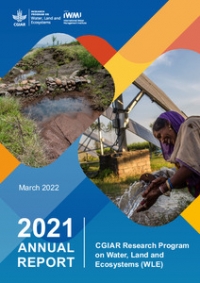
Comments
This is such an insightful article, I'm even thinking on writing my masters thesis based on this in a South African context.